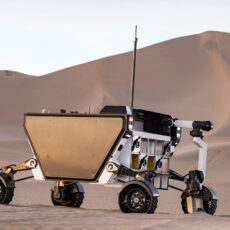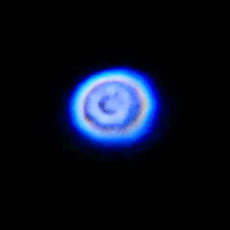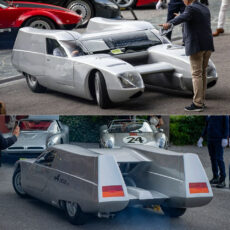
On May 27, 2025, SpaceX’s Starship, a massive rocket built to ferry human dreams to the moon and Mars, thundered skyward for its ninth test flight from its Starbase in South Texas, marking a bold first with the significant reuse of its hulking Super Heavy booster.
This 400-foot stainless-steel titan, driven by 33 Raptor engines on its Super Heavy booster and six more on the Ship upper stage, set out on Flight 9 to test the reused booster from Flight 7 and drop off mock Starlink satellites, pushing the boundaries of what’s possible. “Starship made it to the scheduled ship engine cutoff, so big improvement over last flight!” Elon Musk posted on X after the launch.
- Interactive model – Inspire kids to build a representation of the Earth, Sun and Moon in orbit with this LEGO Technic Planet Earth and Moon in Orbit...
- Educational space toy – Kids can turn the crank to see how the Earth and the Moon orbit around the Sun
- Includes months and moon phases – This solar system toy includes printed details, like the month and moon phases to help kids see how the Earth’s...
Super Heavy is designed to be a fully and rapidly reusable rocket, eventually bringing aircraft-like operations to the world of launch pic.twitter.com/opHPWoaeNK
— SpaceX (@SpaceX) May 27, 2025
Liftoff at 7:37 p.m. EDT was a spectacle, with the Super Heavy booster thundering off the pad, carrying the Ship skyward. A slight glitch froze the countdown at T-41 seconds due to a ground issue, but SpaceX sorted it fast, getting the launch back on track within the hour, with the stages splitting smoothly at two minutes and 45 seconds, sending the Ship toward orbit while the booster prepped for its return, briefly looking like another SpaceX win.
But the Super Heavy booster, central to SpaceX’s reusability push, hit a snag during its landing burn when only 13 of its 15 Raptor engines fired up, throwing it off balance and leading to a controlled breakup in the Gulf of Mexico. “As if the flight test was not exciting enough, Starship experienced a rapid unscheduled disassembly,” said SpaceX, using their tongue-in-cheek term for an explosion. This loss was a setback, as the booster was meant to return to Starbase for a dramatic catch by the launch tower’s “chopstick” arms, a feat successfully pulled off in Flights 5 and 8.
The Ship, meanwhile, made it to space—a big leap from the fiery explosions of the last two flights—but triumph turned sour when a fuel tank leak caused a pressure drop, sending it into a wild spin during re-entry and shattering over the Atlantic, with debris snarling Florida air traffic and grounding flights at Miami and Fort Lauderdale airports, plus a failure to deploy 10 dummy Starlink satellites due to jammed pod bay doors. “Leaks caused loss of main tank pressure during the coast and re-entry phase. Lot of good data to review,” Musk noted, emphasizing the value of the test despite its fiery conclusion.
What’s next? SpaceX is already poring over the data, identifying fixes for the fuel system and engine issues. With FAA approval for up to 25 Starship launches in 2025, Elon Musk is eyeing a faster pace, declaring on X, “Launch cadence for Starship will increase,” while SpaceX gears up for a ship-to-ship propellant transfer test later this year, a key move for orbital refueling needed for NASA’s 2026 Artemis 3 moon mission.










